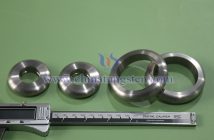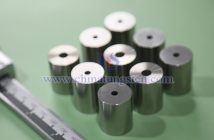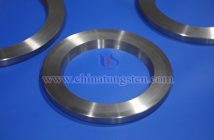Tungsten wire has important applications in glass melting furnaces due to its high melting point (about 3422°C), excellent high temperature resistance and chemical stability, especially in the field of special glass and precision glass manufacturing. The following is a detailed introduction to its main uses and precautions.
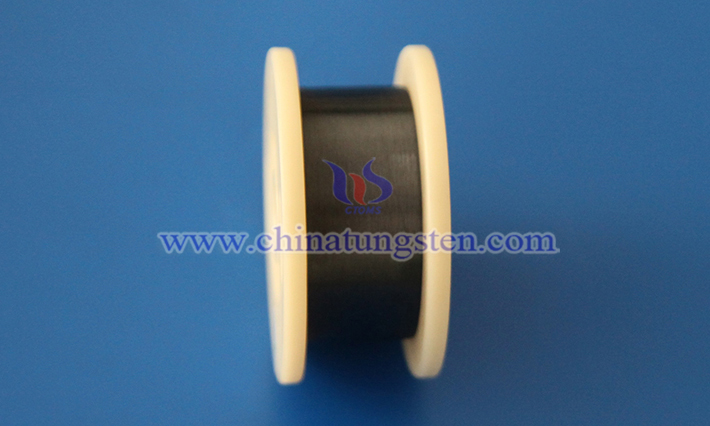
First, tungsten wire is often used as a heating element in glass melting furnaces. During the high-temperature glass melting process, tungsten wire provides stable and uniform heat through resistance heating, which is used to melt glass raw materials or maintain the flow state of glass liquid. Its high melting point and thermal stability enable it to operate for a long time in a high temperature environment above 1500°C, which is particularly suitable for laboratory furnaces or equipment for producing high-performance glass such as optical glass and borosilicate glass. For example, in optical glass manufacturing, tungsten wire heating elements can ensure precise control of furnace temperature and avoid fluctuations in glass composition.
Secondly, tungsten wire can be used as an electrode material in electric melting furnaces. By transmitting electric current, tungsten wire electrodes generate resistive heating, directly or indirectly heating the glass liquid. Tungsten's excellent conductivity and corrosion resistance allow it to remain stable in a high-temperature molten glass environment, reducing the contamination of the glass by the electrode material. This is particularly important when producing high-purity glass (such as display glass or pharmaceutical glass).
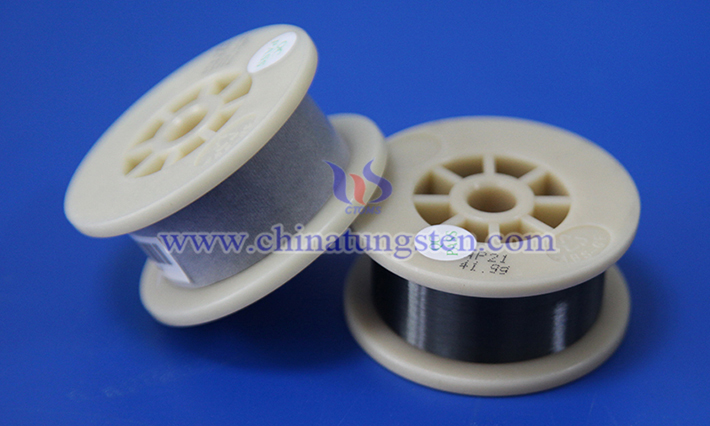
In addition, tungsten wire also has a unique role in special processes. In the process of high-precision glass forming, tungsten wire can be used for local heating or auxiliary forming, because its low thermal expansion coefficient and chemical inertness will not react with molten glass. For example, when drawing glass fibers or manufacturing micro-glass devices, tungsten wire can be used as a small heating element to ensure high precision and purity of the process.
However, the application of tungsten wire in glass melting furnaces requires attention to several key issues. First, tungsten easily reacts with oxygen at high temperatures to form oxides, resulting in embrittlement of the material, so the furnace needs to be equipped with an inert gas (such as nitrogen or argon) or a vacuum environment to protect the tungsten wire. Second, tungsten wire is expensive, and in some general glass production, molybdenum, graphite or other refractory materials may be used as more economical alternatives. In addition, long-term high-temperature operation may cause grain growth or degradation of mechanical properties of the tungsten wire, so regular inspection and replacement are required to ensure furnace efficiency and glass quality.

